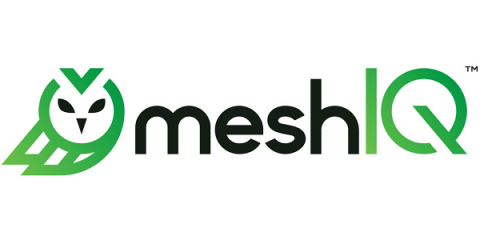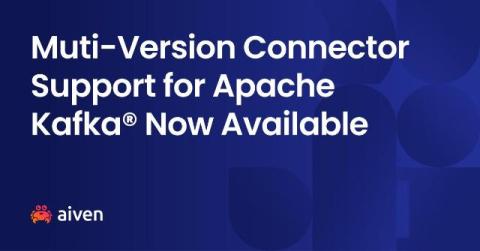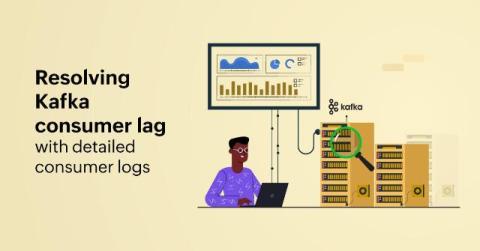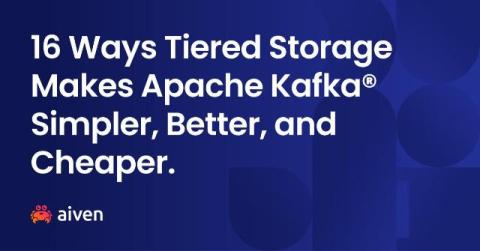Guide To Confluent Kafka vs Apache Kafka
Kafka is an open-source distributed streaming platform for high-throughput and fault-tolerant real-time data streaming in large-scale systems. It can integrate with a wide range of data sources and sinks, which include databases, message queues, big data processing frameworks like Apache Spark and Apache Flink, and many more.










